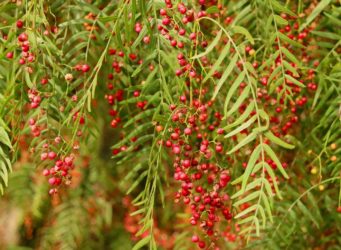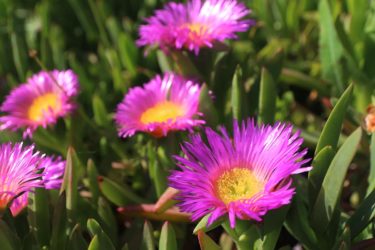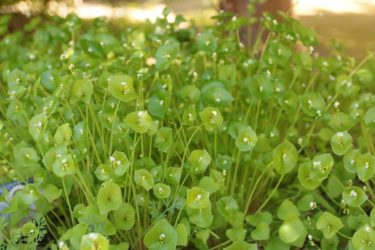
Pink Peppercorn
**This post is part of our Wild & Edible series, where we showcase various wild and edible plants in San Diego and their uses.**
Our Wild & Edible series showcases different wild and edible plants in the San Diego region. The purpose of this section is to educate the masses about our native plants and their uses. We feel it is important to have this knowledge in case you are ever stuck in a sticky situation, such as being lost on a hike and need to forage in order to survive. It also helps re-connect us to the land, which thanks to technology, most of us are being pulled further and further away.
Native plants may grow on your own property, or a friend’s property, in which case it is completely legal to harvest from. Plant nurseries often have a native plant section as well, in which case you can purchase your own plants! Otherwise, wild harvesting is considered illegal in most places in San Diego. Learn your plants and grow your wisdom! Wisdom is power, afterall.**
All throughout San Diego grows an invasive tree often considered to be a nuisance. That would be the Peruvian pepper tree, commonly found on every block practically! What most people don’t realize is that this tree has a very valuable berry (not truly a pepper) that only grows in warm regions such as San Diego!
Peruvian pepper, more commonly known as pink peppercorn, is considered a luxury, gourmet spice in the culinary world. With zero relation to black pepper, this tree is actually related to the cashew and mango family! Beware of its cousin, the Brazillian pepper, which is known be irritating to stomachs and even slightly toxic. The leaves look very different from the Peruvian plant though and it does not grow wild in San Diego.

How to harvest: Harvesting is quite simple! Pick the berries off the tree and separate them from the stems. This can be a little tedious so I recommend finding a peaceful spot to do this. Once separated put them in a sifter over running water to remove any debris.

After this step the berries need to dry. If you have a dehydrator you are set. Otherwise you can place them in a bowl or plate and leave them in a sunny spot for a few days to dry and harden. Once the berries dry, they will shrink often revealing a wrinkled, gray seed inside. This is the true peppercorn. The pink is merely the fragile outer shell.
You will now need a grinder in order to cook with it. I re-used an old grinder I had which once held expensive peppercorns. You will notice upon tasting them that they have a very unique flavor. It is still spicy and peppery, but also has sweet and tart undertones with hints of pine and juniper. I find this to be a very powerful spice, so start by adding a little to dishes and go up from there once you find the proper amount for your palette.
If you’re allergic to cashews, mangos, poison ivy or any member of the Anacardiaceae family, there is a good chance you are allergic to peppercorns too. Please be advised of this.

Being wintertime right now, I am craving warm meals. I made a homemade soup with the peppercorn as a flavoring. It definitely has a more unique taste than regular black pepper. You will most likely find this to be a surprising flavor when tried for the first time, especially if you harvested it yourself! The flavor is rather fruity with fascinating footnotes of pine, juniper berry, and a vague sort of berry aroma.






Anonymous
thanks for sharing, but isn’t almost everyone in the US (with the exception of some European immigrants) allergic to poison ivy?
Anonymous
@Anonymous,
wondering the same thing about poison ivy – ????
Anonymous
I’m allergic to poison ivy- but isn’t everyone? Can someone address this because I’d like to use the pink peppercorns I’ve collected. Thanks!